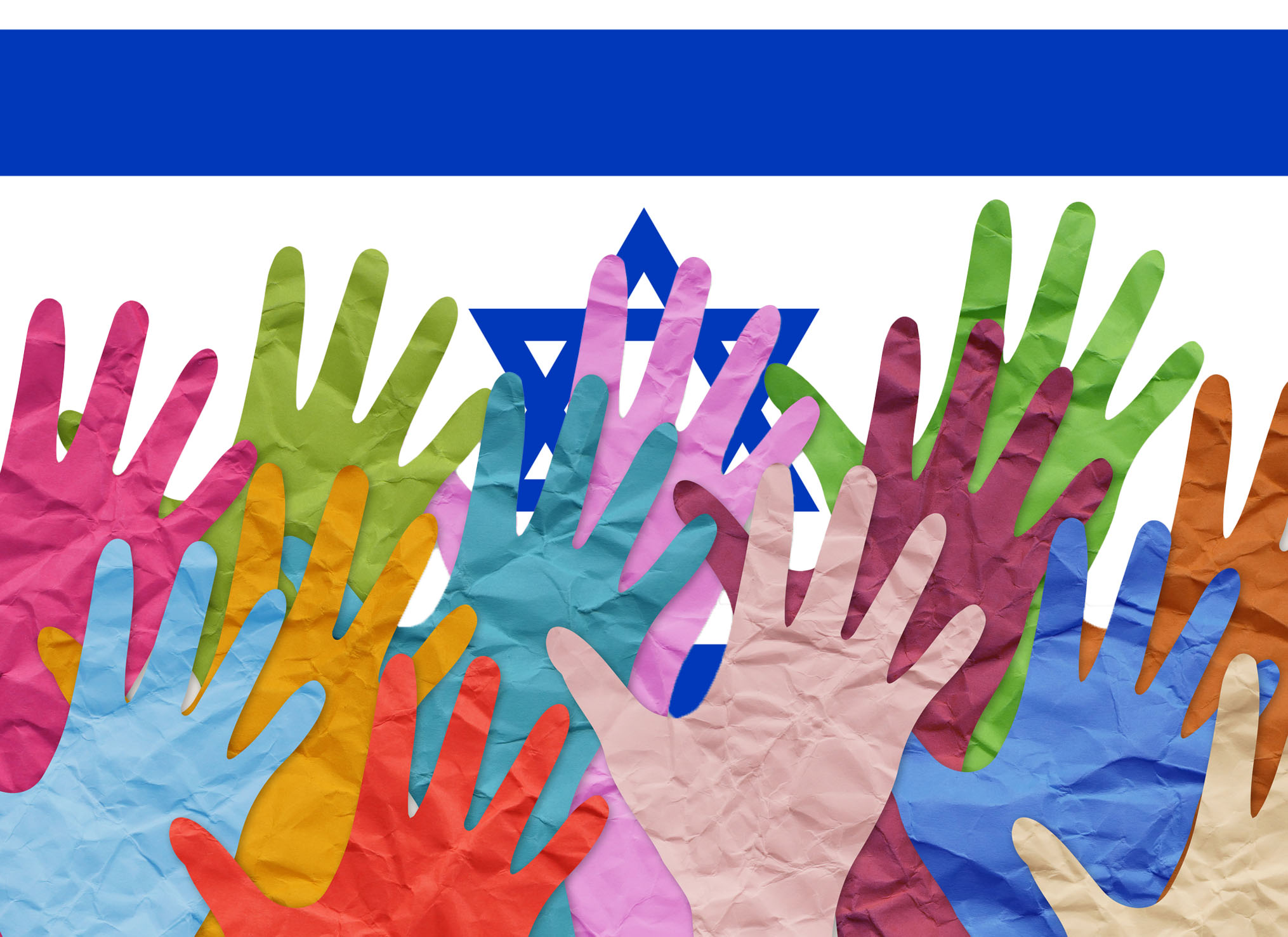
I’ve lived in the Jewish neighborhood of Pico-Robertson for nearly 18 years, and while much has changed, one thing hasn’t: the incredible mix of Jews from around the world.
On a typical day, you might see Jews walking on Pico Boulevard who hail from Russia, Iran, Morocco, Poland, Hungary, Germany, Tunisia, South Africa, Holland, France, Argentina or virtually anywhere else in the world.
Especially here in America, the gathering place for immigrants seeking the American Dream, it’s easy to take such a cultural mix for granted and say, “What’s the big deal?”
But for my Sephardic ancestors in Morocco, just as for most Jews of the past 1900 years, this kind of cultural mingling would have been a big deal indeed. For centuries, the norm was for Sephardic Jews to live with Sephardic Jews and Ashkenazi Jews to live with Ashkenazi Jews.
It was only when my family moved to Canada that I discovered the existence of Ashkenazi Jews and the culinary challenge of politely savoring gefilte fish.
This cultural rapprochement had its charms, but it came with a catch: The Jewish communities in both Canada and the United States were dominated by Ashkenazi Jews, who immigrated in much larger numbers around the turn of the 19th century to this new promised land.
As a result, white Ashkenazi Jews, whether in academia, business, popular culture, media, comedy, religion or politics, became the ubiquitous face of Jewish America.
There’s even a word to describe this phenomenon: Ashkenormativity.
Professor and linguist Sarah Bunin Benor, Director of the Jewish Language Project at Hebrew Union College-Jewish Institute of Religion, defines the ashkenormative phenomenon as “the assumption that Ashkenazi culture is the American Jewish default.”
“The term arose in Jewish discourse around 2014,” Benor writes in JTA. “It has since been used by North American Jews of Moroccan, Bukharian, Turkish, Ashkenazi, Ethiopian, Persian, Black, Japanese-American and other backgrounds to critique and debate the orientations of various educational, cultural and communal institutions and products.”
The idea now is to challenge the outdated stereotype of Ashkenormativity and invite Jews to look beyond the comfort of their immediate circles. Ashkenormativity, in other words, is a clunky but handy term to signal the necessary expansion and enrichment of the Jewish communal discourse.
Benor wrote her piece after seeing the term misused during a recent Congressional hearing on Columbia University’s response to antisemitism. Quoting a glossary distributed by Columbia, Rep. Jim Banks referred to “Ashkenormativity” as “a system of oppression that favors white Jewish folx, based on the assumption that all Jewish folx are Ashkenazi, or from Western Europe.”
Instead of accepting this dark and radicalized view, Benor pushed back, writing that “the word—when defined and deployed appropriately—is useful in Jewish communal discourse and can actually help to counter antisemitism.”
Given the insistence among many antisemites that Jews belong in the “white” camp, it’s clear that we ought to push pack by playing up our cultural diversity. But in our justified zeal to do so, let’s never forget that antisemitism is immoral regardless of our skin color or cultural hue.
For me, the real value of “Ashkenormativity” is that it signifies a long overdue initiative to depict Jews as who they really are—a fascinatingly diverse multicultural people.
In my years in Pico-Robertson, what I have experienced is more along the lines of “Ashkefardic” than Ashkenormative, more mutual appreciation than dissociation… In so many ways, I live in a Jewish neighborhood where cultural appropriation is happily rampant.
In my years in Pico-Robertson, I’ve seen this starting to happen. What I have experienced is more along the lines of “Ashkefardic” than Ashkenormative, more mutual appreciation than disconnection or dissociation.
Among the many examples, an Ashkenazi rabbi gladly turned his synagogue’s Torah reading Sephardic for my son’s Bar Mitzvah; I regularly eat Sephardic cuisine in Ashkenazi homes, just as I routinely sing Ashkenazi and Chassidic melodies and learn from their scholars; Ashkenazi groups like Aish regularly run events with Persian youth; a Sephardic rabbi runs an Ashkenazi kollel; there’s a Persian Chabad synagogue; and so on.
In many ways, I live in a Jewish neighborhood where cultural appropriation is happily rampant.
Of course, people generally prefer to commune and pray with like-minded others, as they do in Pico-Robertson, but the wonder of this neighborhood is that the optics are hardly “Ashkenormative.” There are so many Persians and Sephardim and Mizrachim and other ethnic Jews who populate the synagogues, markets and restaurants (not to mention marriages between the groups), white Ashkenazi Jews, as numerous as they still are, are just a part of the vibrant mix.
In fact, when I describe the Jewish Journal, with its eclectic mix of writers and stories, I often say we aspire to capture that Ashkefardic spirit.
We can only hope that this expansive spirit will percolate to the leadership of American Jewry, both to deepen and enliven our communities and show our diverse face to new and future generations.
Gefilte fish does have a long and storied Jewish tradition, but so do my mother’s spicy Moroccan fish balls.
Just ask my Ashkenazi friends.






















 More news and opinions than at a Shabbat dinner, right in your inbox.
More news and opinions than at a Shabbat dinner, right in your inbox.